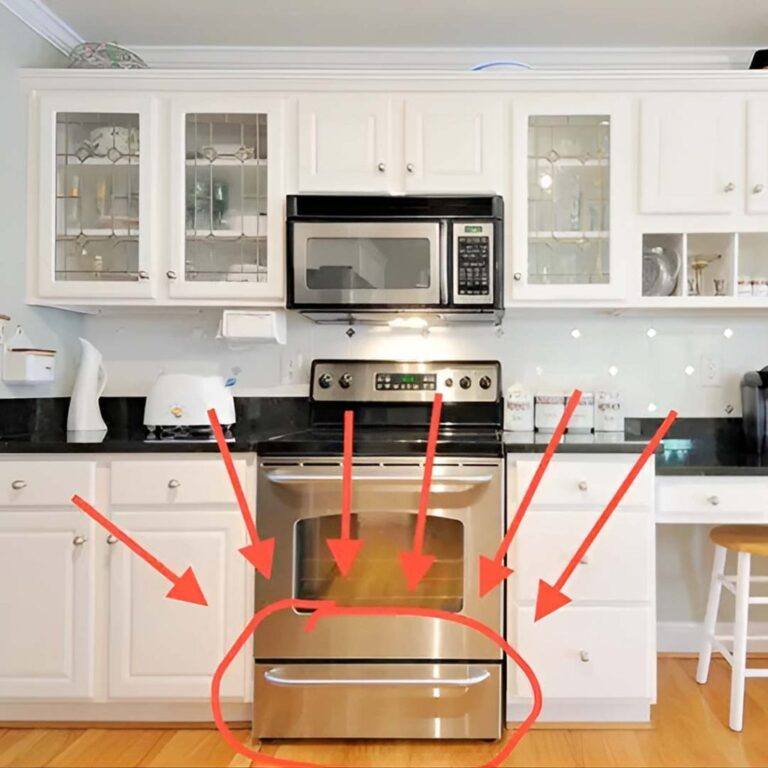ADVERTISEMENT
Key Uses of a Substructure Door
Substructure doors serve several important functions, depending on the specific needs of the building and the space it accesses. Here are some common uses:
1. Access to Basements or Cellars
One of the most common uses for a substructure door is to provide access to the basement or cellar of a building. These areas are often used for storage, mechanical systems (like HVAC), or as additional living space. A substructure door in this context allows for easy access to these lower levels of the building for maintenance, repair, or storage purposes.
2. Utility and Maintenance Access
Substructure doors can provide entry to utility areas that house important systems such as water pipes, electrical systems, and plumbing. These doors allow maintenance workers to access these systems for repairs, inspections, or upgrades. Keeping these areas secure is vital for the building’s safety and operational integrity, which is why the doors are typically robust and secure.
3. Crawl Spaces
In homes or buildings with crawl spaces—typically small areas located between the ground and the floor of the building—substructure doors are used to provide access. These spaces often house important components like ductwork, insulation, or wiring, and a substructure door allows for easy inspection and repair of these systems.
4. Flood Protection and Drainage
In regions prone to flooding, substructure doors may also be used as part of flood control systems. A well-sealed substructure door can prevent water from entering lower levels of a building during a flood or heavy rain, protecting the building’s foundation and interior from water damage.
5. Access to Underground Parking or Storage
In commercial buildings or apartment complexes, substructure doors can provide entry to underground parking garages or storage areas. These doors help manage access control to secure spaces and are often equipped with security features like locks, alarms, or automatic mechanisms.
6. Ventilation and Airflow
In some cases, substructure doors serve as an entry point for ensuring proper ventilation to lower-level spaces, such as basements or crawl spaces. Adequate airflow is crucial in preventing moisture buildup, mold growth, and poor air quality in these enclosed areas.
Types of Substructure Doors
Substructure doors come in various designs and styles, depending on their specific use. Some common types include:
1. Single or Double Swing Doors
These are traditional hinged doors that swing open either from one side (single door) or both sides (double doors). These are commonly used in basements or areas with ample space.
For Complete Cooking STEPS Please Head On Over To Next Page Or Open button (>) and don’t forget to SHARE with your Facebook friends
